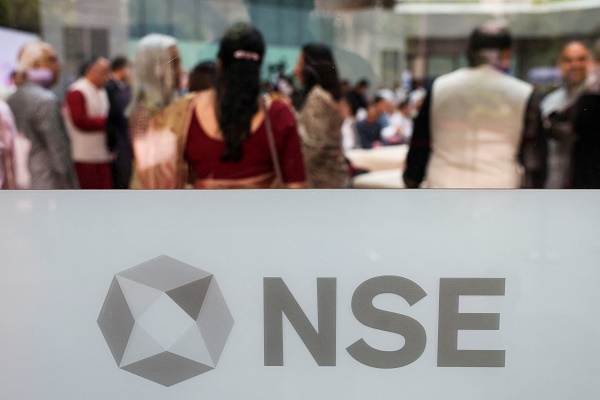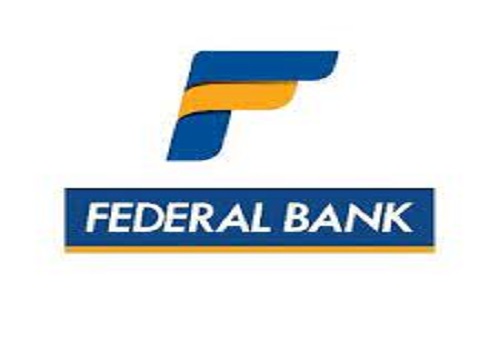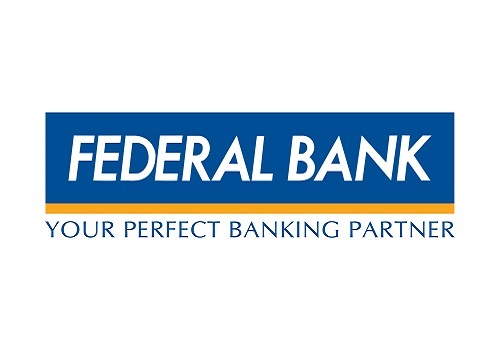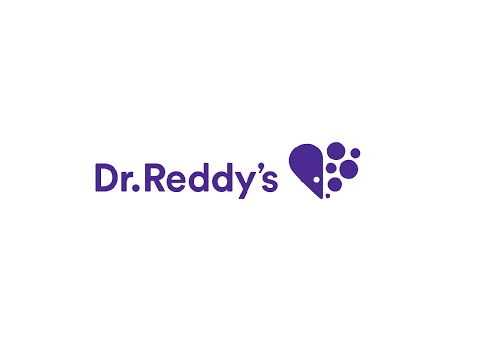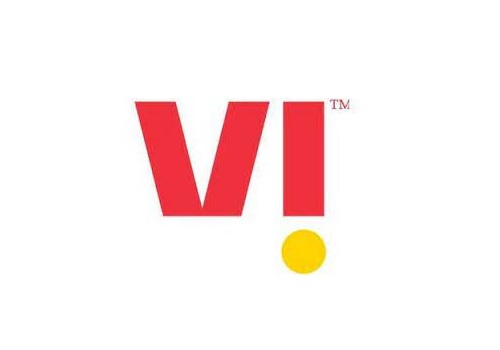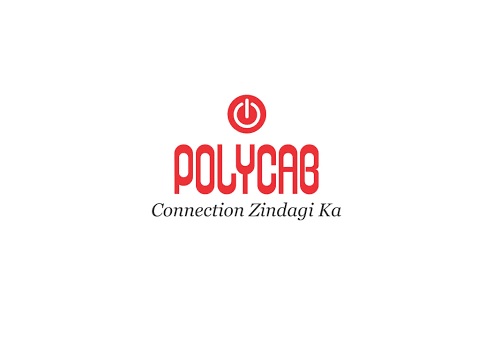Buy Federal Bank Ltd For Target Rs. 240 By Emkay Global Financial Services Ltd
.jpg)
Federal Bank reported nearly in-line PPoP, led by better fees/treasury gains. However, it hit an MFI bump (as seen across banks) and hence saw higher provisions, leading to an 11% PAT miss to Rs8.6bn/1% RoA. Credit growth slowed to 9% YoY in Q1, and the bank now guides for 1.2x nominal GDP growth as it focuses on managing risks/margins. That said, the bank claims that its transformation process is going full throttle, to reorient the asset portfolio mix toward better-yielding loans, including retail/SME and a structurally improved CASA profile (as reflected in Q1) which would lead to better margins/RoA in the long run. The bank expects gold loan growth to accelerate following the recent PSL guidelines, which should drive-up PSLC fees and thus overall fee growth. Factoring in the Q1 earnings miss and slower growth/higher LLP, we trim earnings estimates over FY26-28E by 9-11%. However, we retain BUY with a TP of Rs240 (based on 1.3x Jun-27E ABV and subsidiary’s valuation at Rs12/sh), factoring in healthy improvement in RoA to 1.2-1.3% over FY27-28E, credible management among SMID banks, and reasonable valuations.
Soft growth in Q1; strategic transformation going full throttle
Federal Bank reported slower credit growth of 9% YoY/3% QoQ, mainly led by moderation in unsecured loans and low-yielding home/corporate loans. After the recent favorable PSL guidelines, the bank expects gold loan growth to accelerate, which should support its risk-calibrated growth strategy and PSLC fees. Despite trimming the SA rate to 2.5%, the bank sustained the CASA ratio at 30%, unlike peers. NIM declined by 18bps QoQ to 2.9% due to low loan yields (faster asset re-pricing as it follows a T+1 rate reset and interest reversals on NPAs (4-5bps). The bank cut its credit growth guidance to 1.2x of nominal GDP growth, with NIMs to contract further by 5-10bps; the bank expects improvement as deposit repricing benefits kick in. The management assured that its strategic transformation plan is going full throttle to reorient the asset portfolio toward better yielding loans, an improving CASA profile (mainly CA) and fees, thereby leading to a higher and sustainable RoA.
Higher MFI stress comes to hurt back in Q1
Gross slippages were elevated at Rs6.6bn/1.2% of loans, mainly due to higher MFI stress (including Karnataka portfolio) and slightly higher BB/CV stress, and a resultant 7bps/4bps QoQ rise in GNPA/NNPA ratio to 1.9%/0.5%. The management expects MFI slippages to moderate in Q2; however, it does not see any meaningful stress in the retail portfolio to raise alarm. That said, it would prefer to remain watchful. The bank guided for 55bps credit cost in FY26 vs 30bps in FY25.
We retain BUY on the stock
We like the new MD’s stance of adopting a calibrated growth approach, with focus on delivering healthy and sustainable RaRoC – a long unresolved conundrum for the bank and, thus, calls for management premium. We retain BUY with a TP of Rs240. Key risks: Slower-than-expected growth/margins/fees and fresh NPA risks in the SME portfolio, given macro deterioration.
Key Concall takeaways
Outlook on loans, deposits, and NIM
- The bank remains focused on three key priorities: improving CASA (especially CA balances), increasing granularity in fee income, and enhancing yields in the asset book.
- A new loan pricing framework has been implemented, including a fully revamped RAROCbased pricing model. The bank expects growth to be 1.2x of nominal GDP.
- Separate verticals have been created for secured businesses like LAP, HL, and auto loans. A new Retail Head will be joining soon. Retail restructuring is nearly complete and is expected to support growth in H2, especially with the festive season approaching.
- In BuB, the bank is taking a cautious approach; commercial lending is growing faster and targeting the upper end of the MSME spectrum. The bank has made internal adjustments to credit underwriting decisions within the SME business.
- All branch scorecards have been updated to reflect the bank’s current priorities. The asset mix is gradually shifting toward mid-yielding segments. Retail and gold loan traction, along with CA improvement, to contribute meaningfully. Over half of the scorecard weight is now allocated to liabilities.
- The SA rate was cut twice—in April and again on 15-Jun—from 2.75% to 2.50%, and the benefit of this will be visible in Q2. NIM is expected to be repriced faster due to T+1 policy, with a meaningful drop in CoF helping to defend margins and expects to improve in H2.
- Repo cut of 50bps in Jun had a partial impact and it expects a 2-month impact (~33bps), ie 15–16bps compression on yield should be offset by ~7–8bps of CoF, resulting in a net 5–10bps NIM compression in Q2. NIM will also see a 4–5bps hit due to interest derecognition.
Asset quality
- MFI stress (20% exposure in KTK) began emerging in Q4 and worsened in Q1, peaking in May, with improvement in Jun/Jul. Accelerated provisioning has been made for unsecured loans, and thus, credit costs are expected to be ~55bps for FY26.
- Other than MFI and Agri, no alarming trends in asset quality have been observed. The CV/CE segment, which caters to higher-end customers, shows no signs of significant concern.
- The stress in business banking is slightly elevated; it is not considered alarming and 30% of the book has concentration in Kerala. The bank has taken protective measures over the last 3–4 quarters. The SMA book also improved by the end of the quarter
Others
- Fee income and charges have been aligned with those of industry peers, and the impact has already been reflected in the previous quarter. Existing partnerships are being restructured and renegotiated.
- Fee income is expected to remain robust. The wealth management vertical is gaining traction. A dedicated transaction banking team is in place, supporting trade fee growth and income from bancassurance; credit cards are growing steadily.
- On the operating front, 70 retail business centers have been created through internal manpower realignment rather than headcount additions. The C/I ratio is expected to remain in the mid-50s.
- ROA is being driven by improvements in CASA, fee income, and a shift in the asset mix.
For More Emkay Global Financial Services Ltd Disclaimer http://www.emkayglobal.com/Uploads/disclaimer.pdf & SEBI Registration number is INH000000354

.jpg)


.jpg)

